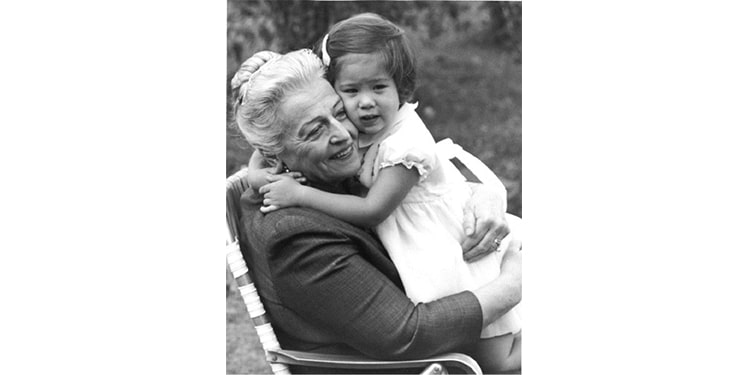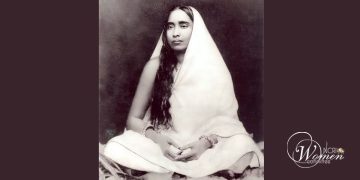Pearl Sydenstricker Buck (also known as Pearl S. Buck; June 26, 1892 – March 6, 1973) was an American writer, humanitarian, and the first woman in the United States to win the Nobel Prize in Literature.
Best known for her novel The Good Earth (1931), Buck captured global attention with her vivid depictions of rural Chinese life, bridging cultures at a time when East and West often stood worlds apart.
Born in Hillsboro, West Virginia, Buck grew up in China as the daughter of Presbyterian missionaries. Her bicultural upbringing gave her a unique perspective that shaped her writing and advocacy. After studying at Randolph-Macon Woman’s College and later teaching in China, Buck began writing stories that revealed the struggles and resilience of ordinary Chinese farmers.

Her masterpiece, The Good Earth, won the Pulitzer Prize in 1932 and was adapted into an Academy Award-winning film in 1937. The novel not only brought her international fame but also helped American readers gain empathy for Chinese society during a turbulent era.
In 1938, Buck became the first American woman awarded the Nobel Prize in Literature, recognized for her “rich and truly epic descriptions of peasant life in China.” Beyond literature, she dedicated herself to humanitarian causes, championing civil rights, women’s equality, and adoption advocacy. She founded the Pearl S. Buck Foundation in 1949 to support children in need, particularly those of mixed Asian and American heritage.
Pearl S. Buck’s legacy lives on as a bridge between cultures and as a voice for the marginalized. Her works, translated into multiple languages, continue to influence readers worldwide, making her one of the most influential American authors of the 20th century.
























